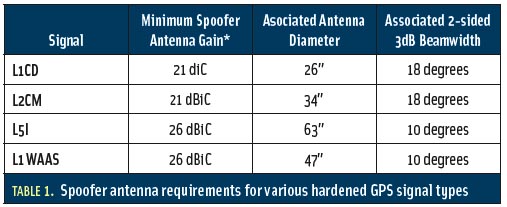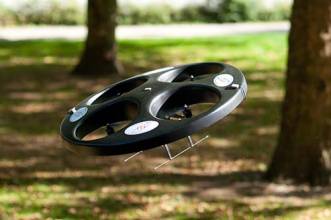Fractured GNSS Fairy Tales
Back in television’s halcyon days I should have been watching Donald Herbert explain science and technology on his Mr. Wizard programs.
But I was probably laughing my way through the Rocky & Bullwinkle Show instead, especially one of its mainstays, Fractured Fairy Tales — irreverent, yet revealing retellings of the Grimm Brothers’ homilies to human foibles.
And so I became a journalist instead of an engineer, hoping to fracture fallacies and received truths rather than oil shale.
By Inside GNSS




















